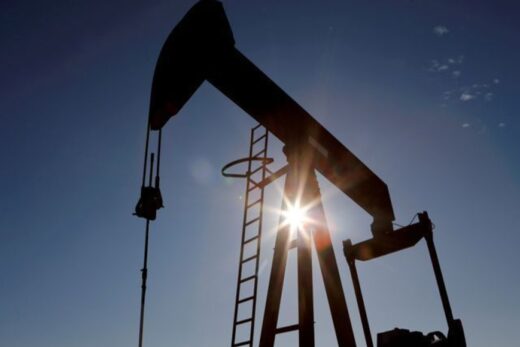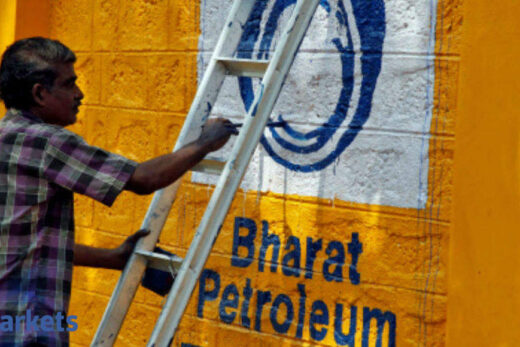While higher prices are expanding the country’s largest natural gas marketer’s margins, they are a “setback” to consumers, Jain told ET in an interview.
Natural gas,
, coal, and electricity prices have sharply jumped in several markets across the globe as a larger-than-anticipated rebound in demand and a slow supply response have created shortages.
Asia-delivered LNG prices have risen to $30 per mmBtu from under $2 mmBtu at the beginning of the pandemic last year.
“The international markets have remained elevated possibly due to convergence of several factors, all happening at the same time; LNG plant outages, lower than average gas storage in Europe, demand upswing post-Covid and higher carbon prices,” Jain said. “Globally, the prices of LNG have been record high and this time, it is rather sustained compared to the momentary spurt witnessed last winter.”
A scramble to replenish storage ahead of winter by big consumers like China and Japan has also pushed up prices.
“Record-high prices can delay India’s plans of pursuing LNG in trucks on a large scale or increasing adoption of the clean fuel by industries,” Jain said.
India plans to increase the share of natural gas in its energy mix to 15% by 2030 from the current 6%. It is also targeting to build 1,000 LNG fuel stations by end-2023.
The industry needs to adopt a “sensible pricing”, lest it hurts the sector in long term with a shift by consumers to alternatives, Jain said.
High prices have cut the import of LNG, which accounts for half of India’s gas consumption.



